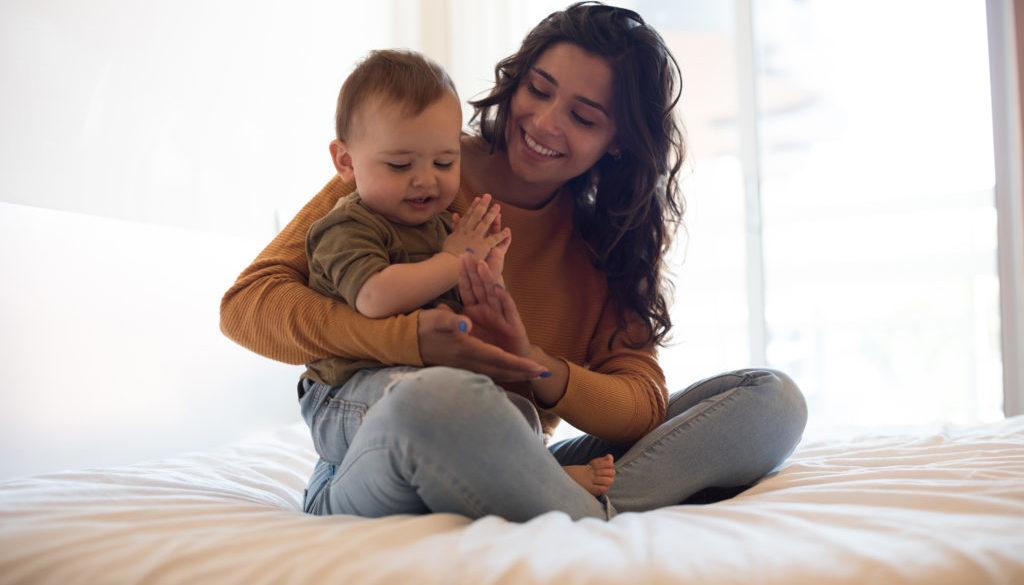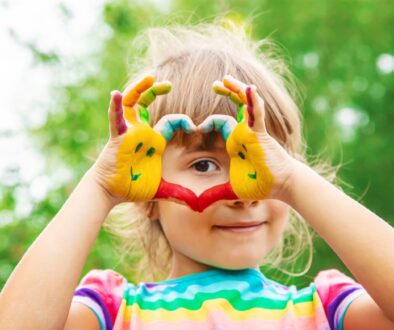Raising a Calm Child

All children have reasons for getting mad, from someone stealing their swing on the playground to having to leave a play date when they are having fun; anger is a natural reaction to a frustrating experience. As parents, we cannot prevent our children from ever encountering these circumstances, but we can help them learn how to cope and express these powerful feelings in a calmer fashion. Teaching them how to stay relaxed and calm in stressful situations at a young age can better prepare them for emotional success later in life.
- Start by helping your child identify the emotions they are feeling. Young children don’t always know they are getting upset until it is a full blown melt down, so if you can help them identify the physical symptoms they are feeling (such as heart pounding, talking louder, or face getting hot) and what triggers them, they will have a better chance at recognizing their own feelings in the future.
- Next, talk about different ways to handle stressful situations instead of getting upset or angry. Deep breathing is a wonderful way to deescalate anger and it can be easily taught to young children.
- Taking a break is another way to remain calm in a stressful situation. Try the strategy yourself when you get angry, tell your child “mommy is angry right now and needs a few minutes to calm down.”
One of the most important ways to teach your child to be calmer is to practice being calmer yourself. If you tend to raise your voice when angry, you cannot expect them not to do the same. Remember, calm is contagious—and so is anxiety. When parents are nervous, anxious, or easily angered it is more likely to increase these behaviors and reactions in our children.
Parenting Tip: Connecting with your child is essential to parenting. Think of connecting as a proactive attempt to stop problems before they start.





